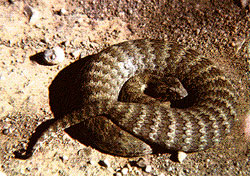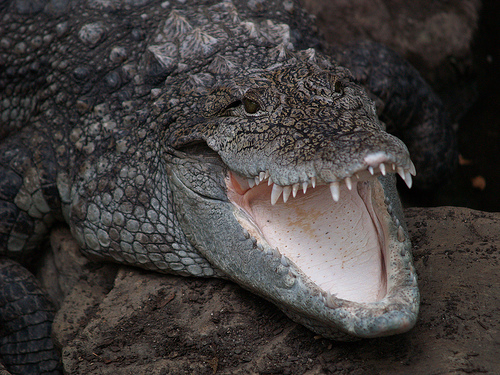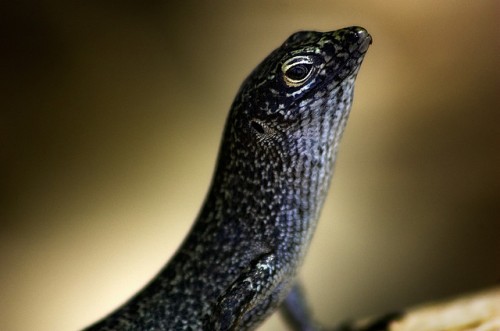Gharial
Gharials which may also be called the Indian Gharial, is one of two types of long living crocodile like reptiles.
This one is the second longest of all the crocodile and crocodile like reptiles, and can easily approach 9 feet in length.
One of his most unique and attention getting features is the very long very narrow nose and mouth, what is called the snout.

Gharial
Scientists believe this is due to its being adapted for use in catching smaller fish, which it can do easily due to the lesser weight and easier manoeuvrability of its head.
It has the ability to snap its jaws rapidly and move the head side to side quickly to catch fish which swim past it quickly.
Gharials are remnants of an animal that has existed since the Cretaceous period. Some of them died out in the Eocene, which was about 30 million years ago, while others evolved and like the gharial, remain here in another form.
One species of the earlier ancestors may have been a whopping 15 meters or about 45 feet long at its peak.
Gharials range from the Northern Indian Subcontinent, to Bangladesh, into India and Pakistan.
They are believed to be most adaptable to calmer areas in very deep rivers with rapids in them.
They don’t move around well on land, can only seem to push their bodies as the legs are not well developed muscle wise and don’t assist them in walking well. They will therefore leave the river only to sun or nest in the sand after mating.
The snout is also used to make bubbles which have been associated with the mating rituals of the species.
Its long mouth is lined with many very sharp teeth, which interlock to provide another adaptation for its diet.
Gharials are one of the longest of crocodiles, approaching the saltwater in length, and can reach up to 18 feet at the longest.
Unconfirmed reports of those which are closer to 21 feet have been made.
Gharials mate during November and December of the year. They will leave the river and lay the eggs on the sand and bury them as many other croc species do.

Gharial
The female will lay between thirty and fifty eggs and then cover them carefully.
They eggs hatch in about ninety days. The females don’t seem to help the young to the water as other crocs do. This may be due to the smaller jaw which will not permit her to use it to carry the little ones
She does however help to protect and defend them in the water while they learn to feed and take care of themselves.



is it aggressive towards humans?
I am doing a report on this animal and this page was very helpful.
it was veryhelpfulll
it was veryhelpfulll